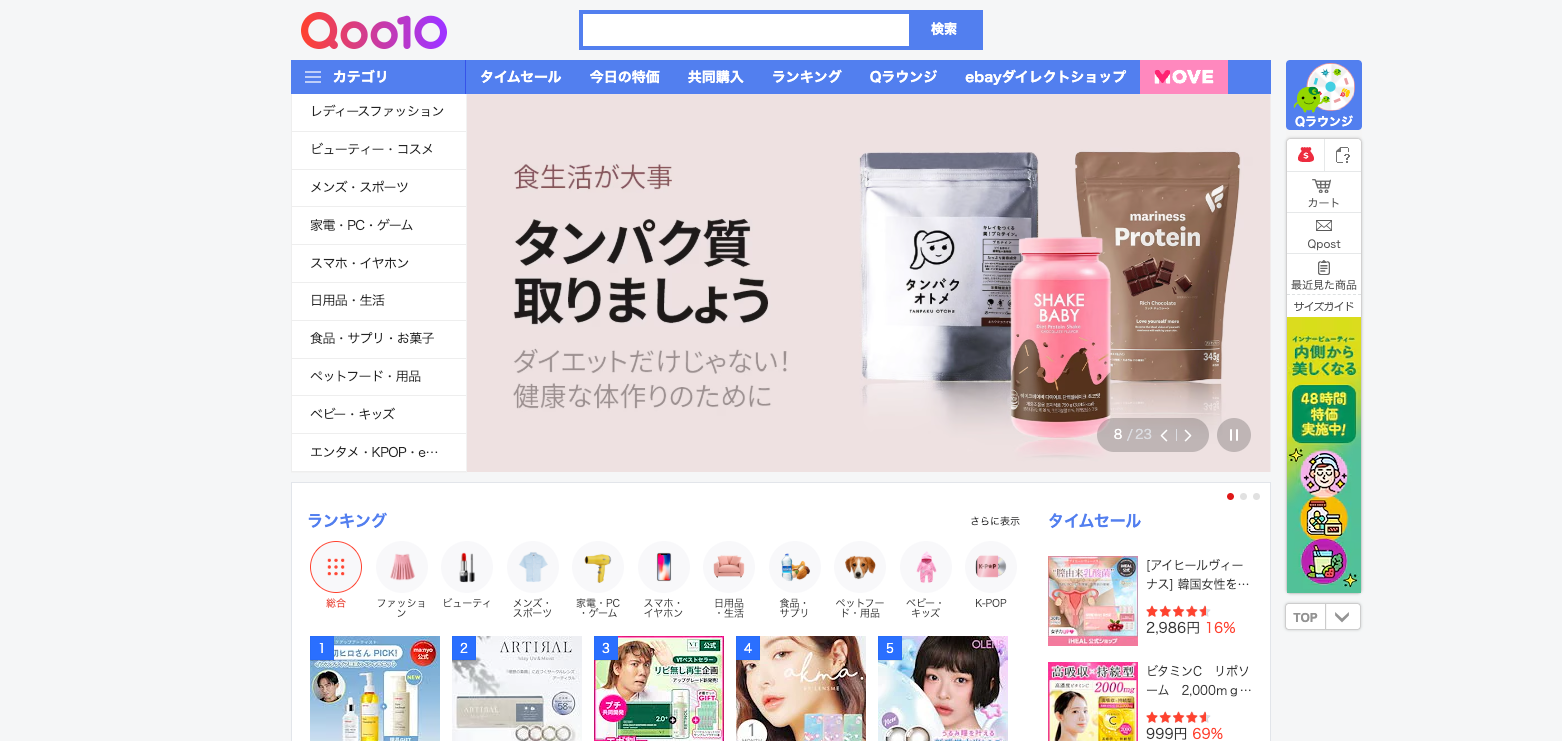Why Live Commerce Is Slow to Take Off in Japan
Live commerce, livestream shopping where viewers can buy directly while watching on an app, has transformed e-commerce across Asia and is growing in the US.
Yet in Japan, adoption has been slow.
Even with heavy social media use and TikTok launching its TikTok Shop in June 2025 with major brand partners like Nissin Food, WEGO, Unilever Japan, Anker Japan, Lacoste Japan, and more, momentum is questionable.
Why hasn’t live commerce caught on in Japan the way it has elsewhere?
Japanese consumers are Risk-Averse
One of the biggest barriers is cultural. Japanese consumers tend to research carefully before purchasing, and live commerce asks them to make quick decisions on a small smartphone screen.
Concerns include:
Trusting an unfamiliar host or seller
Inputting personal information on a new platform
Uncertainty about warranties or customer support
Low confidence in the overall reliability of a livestream purchase
The result is hesitation to commit on the spot, even if the product is appealing.
Brands in Japan are also cautious
Japanese companies are also holding back on jumping into live commerce.
The potential customer base remains limited, ROI is unclear, and livestreams produced casually from a living room don’t inspire trust among local audiences. In Japan, a polished broadcast-style production is often necessary to be perceived as professional, making the cost of entry higher than in other markets.
Producing these livestreams takes a specialized team, so barriers are high.
The Current state of live commerce in Japan
Qoo10, an eBay-owned marketplace, currently operates “Qoo10 Live Studio”, the largest live commerce platform in Japan. With only 4.2 million users, however, live commerce remains niche compared to broader e-commerce adoption.
Social commerce overall is similarly behind.
According to Euromonitor International, social commerce penetration in Japan was just 8.3% in 2024. This is far below the global average of 26%.
Social media still matters
This doesn’t mean social media isn’t important. On the contrary, brands leverage localized accounts on social media platforms in Japan because they’re widely used for discovery, awareness, and sparking interest.
TikTok launched TikTok Shop in Japan with 22 million users averaging 44 minutes of use per day. Instagram users in Japan are 3X more likely to look at product details through functions like shopping tags compared to users in other countries.
In Japan, high usage, engagement and intent on social media doesn’t translate to purchases there.
Social media plays a critical role in the customer journey, but purchases in Japan are more often made through trusted e-commerce platforms.
What this means for global brands selling in Japan
For businesses looking at Japan, the key is balance.
Localized social media should be used to build awareness and connect with audiences, but actual transactions are more likely to happen on established platforms like Amazon and Rakuten, or through a localized online store built on Shopify, Base, or another trusted e-commerce system.
Live commerce may eventually grow in Japan, but for now, the focus should be on creating localized, trustworthy, and easy-to-use digital shopping experiences.
Need help localizing and navigating your approach for Japan? Our team specializes in helping overseas brands create localized strategies that actually work. Feel free to get in touch with us!








